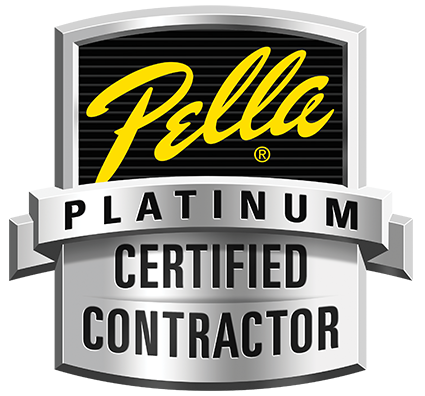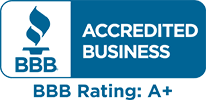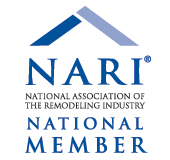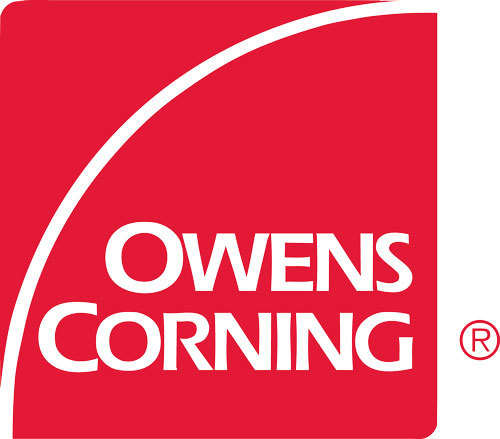Understanding Environmental Roof Dangers
Oct 02, 2020Your roof functions as your home’s first line of defense against Mother Nature. According to Scott Cline, owner of J&B Construction, it is important to understand how various elements can impact a roof, what you can do to prevent damage, and when it’s time to call a professional.
Trees
Although aesthetically pleasing and helpful for the environment, trees can endanger a roof. “Fall is an ideal time to take a walk around the outside perimeter of your home and take note of any branches that hang over the roof,” Scott said. “If you notice any, you’ll want to act quickly and trim those branches back.”
Not only will the falling leaves clog gutters, but branches can scrape the roof or, even worse, they can break off and fall on the roof during inclement weather. “Branches that continuously scrape against a roof can wear down shingles, which can lead to leaks and breakages, while heavy or even light branches that land on the roof can cause extensive damage, leaving a roof exposed to the elements,” he said. “So, be sure to conduct regular maintenance on nearby trees to avoid this type of roof damage.”
Algae and Moss
The formation of algae and moss is another reason you’ll want to ensure your yard is orderly. Nearby trees tend to deposit debris onto the roof, and anything left behind helps facilitate the growth of algae and moss. “Not only is this unsightly, but it can also cause significant water damage and ultimately soften the roof if left untreated,” said Scott.
It is possible to install zinc strips on the roof to assist in keeping it clean. The zinc strips are typically installed below the roof ridge vent, roof cap, or first row of shingles and under the chimney, dormers, skylights, and other barriers that impede the regular movement of water off the roof. When it rains, zinc-ions are discharged to remove the algae, moss, and lichens from the roof deck.
J&B Construction fabricates in its shop its own strips made of copper that provides the same benefits of a zinc strip, but the copper strips turn a dark bronze, which is more aesthetically appealing on the roof line. Plus, the copper strips can be installed on specific areas of the roof that may be more inclined to have issues with stains and fungus.
Moss grows gradually over time and algae alone isn’t much of a threat, but when combined, they soak up a considerable amount of water, and rot can occur if the roof becomes overly saturated. When temperatures drop, any moisture that resides in between the shingles will freeze and the shingles will shift away from one another. “Eventually, moisture will find its way into your home through these openings,” he said. “So, if you find moss and/or algae on your roof, you’ll want to contact a roofing professional so it can be removed safely and effectively.”
Wintry Weather
Winter will be here soon and you can count on it presenting serious roof hazards. “Whether you’re physically capable or you prefer to contact a professional, it’s important to remove excess snow from your roof after major snowfalls in order to prevent it from piling up,” said Scott. “Otherwise, wet, heavy snow left to accumulate on the roof can put intense stress and pressure on a roof’s structure.”
Even light snow in large quantities can pose a threat to a roof. If a roof has an inadequate drainage system or the construction is weak, it may begin to make noise, leak, and even cause the ceiling to sag. “Inadequate drainage due to roof debris could also lead to ice damming, which is a crest of ice that develops at the roofline, with thawing snow unable to run off the roof. The water that collects behind the dam could enter the home and damage the interior or negatively impact the insulation,” Scott said. “In extreme cases, roof collapse can occur. Be sure to contact a roofing professional immediately if you notice any of these signs.”










